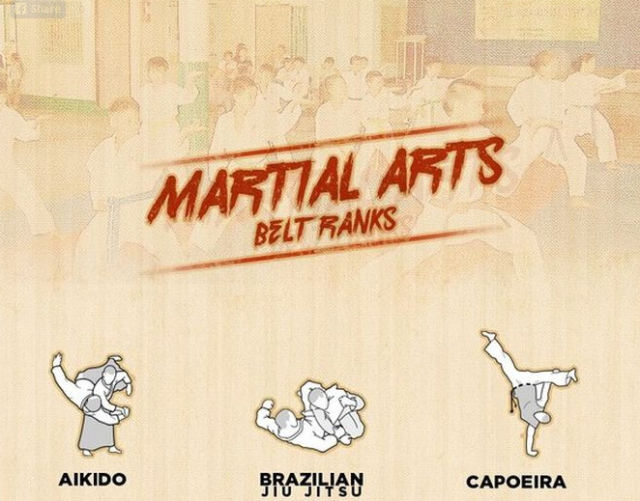Exploring The Differences In Between Typical Martial Arts And Contemporary Fight Sports
Exploring The Differences In Between Typical Martial Arts And Contemporary Fight Sports
Blog Article
Content Writer-Thuesen Fink
When you consider martial arts, do you lean more toward the conventional methods or the modern battle sporting activities? Each course uses one-of-a-kind benefits and experiences, formed by their philosophies and training methods. Conventional martial arts emphasize individual development and discipline, while modern-day battle sports focus on competitors and efficiency. Comprehending these distinctions can direct you in selecting the best strategy for your journey. Yet exactly how do these differences show up in training and viewpoint?
The Approach and Background Behind Standard Martial arts
While many individuals link martial arts with physical battle, the viewpoint and background behind standard martial arts run much deeper. You'll find that these self-controls highlight individual growth, self-control, and respect.
Stemming from old practices, typical martial arts were commonly developed for Self-Defense and spiritual growth. They symbolize principles such as balance, harmony, and self-control, leading practitioners beyond simple combating skills.
As you educate, you'll not just find out methods but also acquire understandings right into the society and values that shaped these arts. https://selfwomandefenseshooting39358.azzablog.com/35236832/the-result-of-young-age-martial-arts-participation-on-scholastic-achievement-and-attention and customs, often passed down with generations, promote a sense of neighborhood and belonging.
The Competitive Nature of Modern Fight Sports
Modern battle sports have transformed the landscape of martial arts into a highly competitive field, where athletes face off in an examination of ability, method, and endurance.
You'll see that competitors are often arranged with stringent guidelines and regulations, making sure fair game and security. These occasions draw in large target markets, sustaining the exhilaration and strength of competitions.
https://abc7news.com/vallejo-arson-fire-alex-bello-good-samaritan/13491952/ train rigorously, not just for physical prowess however also for psychological toughness, understanding that every detail counts in the ring. The adrenaline thrill throughout competitions is palpable, as fighters press their restrictions to declare victory.
Followers appreciate the athleticism and artistry involved, making modern battle sports a thrilling spectacle that remains to evolve and captivate fanatics around the world.
Training Methods and Strategies: A Comparative Analysis
The affordable environment of modern-day fight sporting activities needs ingenious training techniques that vary dramatically from typical martial arts.
In modern training, you'll concentrate on particular methods, sparring, and conditioning, frequently using drills that mimic actual fight circumstances. You'll see a focus on measurable performance and regular competitors to evaluate your abilities.
On the other hand, conventional martial arts focus on forms, katas, and thoughtful trainings, commonly emphasizing self-control and respect over competition.
Training is usually much less intense and might include recurring technique instead of real-time sparring.
While both techniques develop skill and fitness, contemporary combat sporting activities offer a much more dynamic and adaptable training environment, preparing you for prompt difficulties in the ring or cage.
Select the course that lines up with your objectives and rate of interests.
Conclusion
In choosing in between traditional martial arts and modern-day fight sporting activities, it really boils down to what you value the majority of. If you're seeking personal development, technique, and a sense of area, standard arts may be your finest fit. Yet if you flourish on competition and real-time difficulties, modern combat sports could be the means to go. Ultimately, both courses provide unique benefits, so it's everything about aligning your training with your individual goals and interests.
